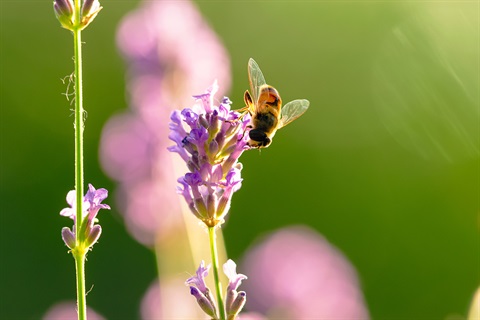Biodiversity facts

About biodiversity
Biodiversity (biological diversity) means the variety of all life forms. Biodiversity includes plants, animals and micro-organisms. It also includes the genetic information they contain and their ecosystems.
There are three main categories of biodiversity:
- genetic biodiversity
- species biodiversity
- ecosystem diversity.
Adelaide's biodiversity
Before European settlement in 1836, Adelaide was a biodiversity hotspot. This was due to the high level of native flora and fauna in the the region. The area was able to support a diverse range of plants and animals due to the significant variation in topography, geology and microclimate .
More than 725 species of native plants and 280 species of bird are known to have been in the region.
Twenty-one different vegetation associations, ranging from open forests and woodlands to coastal dunes and salt marshes, covered the area that is now occupied by metropolitan Adelaide.
Changes to local biodiversity
Following the arrival of Europeans, the local landscape was rapidly altered and continued urban development has led to the clearance of 97.3 per cent of Adelaide's original vegetation (as at 2001). There has been great loss of biodiversity, with most locally indigenous flora and fauna populations now extinct or threatened.
Why biodiversity is important
Biodiversity is fundamental to our everyday lives. From the food we eat, the clothes we wear and the water we drink, biodiversity plays an important role.
Biodiversity provides ecosystem services such as clean water, clean air, pollination of crops and plants and recycling of nutrients.